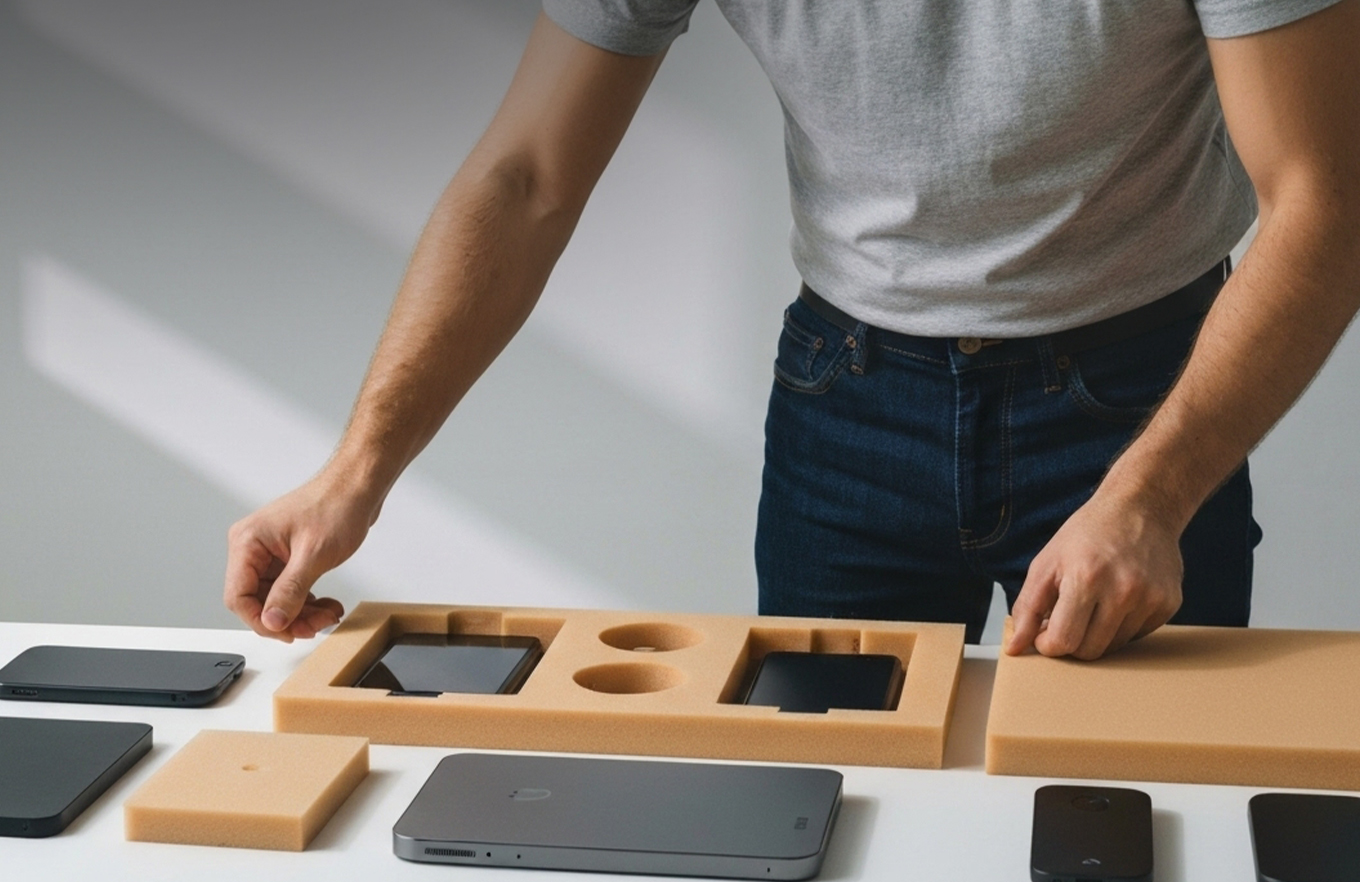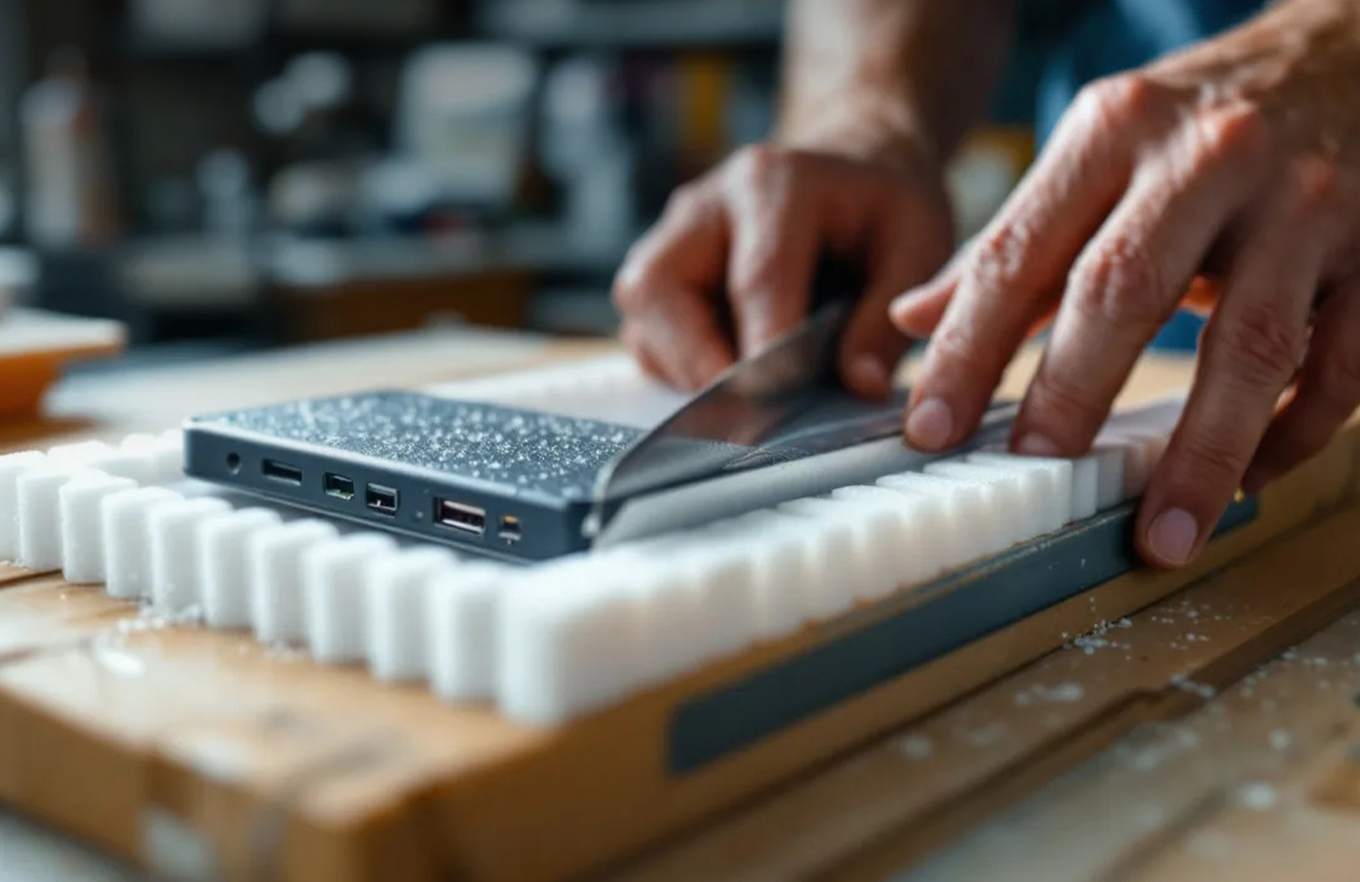
When it comes to reliable, lightweight, and adaptable materials, LDPE Foam has carved a unique place in industries worldwide. Whether it is packaging, construction, sports, or healthcare, this foam material offers unmatched resilience and performance.
Now, it becomes clear why companies in the USA and Europe turn to LDPE Foam for its cost-effectiveness and efficiency. Alongside LDPE Foam, TPE Foam also plays a complementary role in many industries, offering flexibility and performance in different contexts. Together, these materials are transforming how products are packaged, transported, and protected across global markets.
LDPE Foam is a closed-cell material derived from low-density polyethylene. It is known for being lightweight, flexible, and moisture-resistant, making it a go-to choice in industries where protection and insulation are vital. Its flexibility allows manufacturers to create customized solutions for packaging, while its resilience makes it suitable for cushioning delicate electronics or fragile goods.
Unlike generic materials that wear out quickly, LDPE Foam retains its shape and performance even under pressure. Companies like Samad Foam continue to innovate with this material, offering tailored solutions that meet the diverse demands of industries worldwide. In Europe, Samad Foam has made strides by integrating LDPE Foam into sustainable packaging systems, reducing product damage while aligning with eco-friendly goals.

One of the most common uses of LDPE Foam is packaging. Its shock absorption properties make it ideal for safeguarding delicate products during transport. From medical equipment to consumer electronics, LDPE Foam has become the silent hero, ensuring products reach customers safely.
Compared to alternatives like TPE Foam, LDPE Foam provides a balance of softness and durability that prevents scratching or crushing of items. For businesses in the USA, LDPE Foam packaging is now a standard solution in logistics, offering reliability without adding unnecessary weight or cost.

Fitness mats, sports padding, and protective gear often rely on the versatility of LDPE Foam. Its lightweight and flexible nature make it perfect for cushioning and comfort in everyday use. Athletes and fitness enthusiasts often use products designed with LDPE Foam because it offers durability under constant wear.
In comparison, TPE Foam is commonly used in yoga mats or flexible equipment due to its elasticity and grip. While TPE Foam offers softness, LDPE Foam provides firmness and resilience, making it better for protective padding and equipment that endures heavy use. Samad Foam bridges this gap, offering both LDPE Foam and TPE Foam in applications where balance is essential.
Another area where LDPE Foam shows its versatility is in the construction industry. Its excellent thermal insulation properties make it suitable for flooring underlays, wall insulation, and even soundproofing solutions. Unlike heavier or more rigid materials, LDPE Foam is easy to cut, shape, and install, saving both time and labor costs.
Construction companies in Europe are increasingly adopting LDPE Foam for sustainable projects. Its ability to provide insulation while being lightweight means reduced energy consumption in buildings. Samad Foam continues to push innovation here, delivering LDPE Foam that supports both performance and eco-conscious design.
While LDPE Foam is known for its cushioning, insulation, and protective applications, TPE Foam brings elasticity, softness, and tactile comfort to the table. In industries like fitness, yoga mats, and exercise accessories often lean toward TPE Foam because of its grip and flexible texture.
However, LDPE Foam excels in durability, cost-efficiency, and adaptability across packaging and construction. The choice between LDPE Foam and TPE Foam largely depends on the end-use. By working with a manufacturer like Samad Foam, companies can find the right balance between both materials for specialized applications.
With industries striving toward eco-friendly practices, LDPE Foam plays a surprising role in reducing waste. Its reusability and recyclability mean that businesses can extend product life cycles while reducing overall material consumption. Compared to single-use plastics, LDPE Foam provides a greener solution that does not compromise performance.
While TPE Foam also has recyclable properties, LDPE Foam’s lightweight nature makes it particularly efficient in transportation, cutting down on carbon emissions. Businesses in the USA have recognized these benefits, making LDPE Foam a preferred choice in supply chain sustainability.
Well, when it comes to reliable foam manufacturing, Samad Foam has established itself as a trusted name. Offering high-quality LDPE Foam and TPE Foam, the company caters to industries ranging from packaging to construction.
Samad Foam’s international presence, with strong connections in both the USA and Europe, makes it a dependable partner for businesses worldwide. By focusing on quality, innovation, and sustainability, Samad Foam ensures that clients benefit from materials that truly deliver performance.

As industries evolve, the demand for versatile, lightweight, and sustainable materials will only grow. LDPE Foam is expected to continue leading the way in packaging, construction, and lifestyle products. With continuous innovation, LDPE Foam will further improve durability, energy efficiency, and eco-friendliness.
At the same time, TPE Foam will complement these applications by providing comfort and elasticity in the lifestyle and fitness industries. The synergy between LDPE Foam and TPE Foam ensures industries have reliable, adaptable options for diverse needs.
Ready to explore reliable LDPE Foam and TPE Foam solutions? Contact Samad Foam today and discover quality-driven materials trusted worldwide.
The flexibility and versatility of LDPE Foam have made it a cornerstone in industries across the globe. From packaging fragile goods to insulating modern buildings, LDPE Foam provides durability, sustainability, and cost efficiency. Complemented by TPE Foam, these materials continue to shape industries in practical, innovative ways. With manufacturers like Samad Foam leading advancements, businesses in the USA, Europe, and beyond can rely on foam materials that meet today’s demands while preparing for the future.
LDPE Foam is widely used in packaging for electronics, medical equipment, and fragile goods because it provides lightweight yet reliable protection against shocks and scratches.
LDPE Foam is durable, cost-efficient, and ideal for packaging and insulation, while TPE Foam is softer, more elastic, and often preferred in lifestyle and fitness products.
Yes, LDPE Foam is recyclable and reusable, making it a more sustainable option than many single-use plastics, particularly in packaging and construction.
Samad Foam is trusted for its quality and international reach, providing tailored LDPE Foam and TPE Foam products across industries in both the USA and Europe.
Absolutely. LDPE Foam offers excellent thermal insulation, soundproofing, and ease of installation, making it highly effective in modern construction projects.
LDPE Foam cushions products against impact and vibration, reducing damage risks during shipping while being lightweight enough to lower transportation costs.